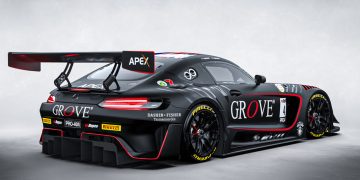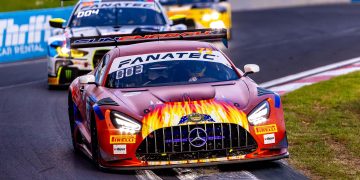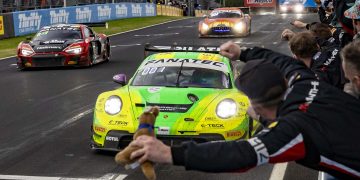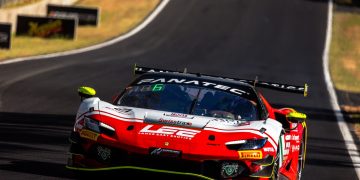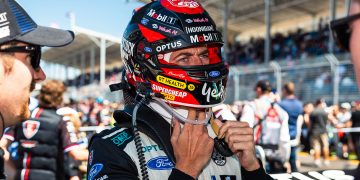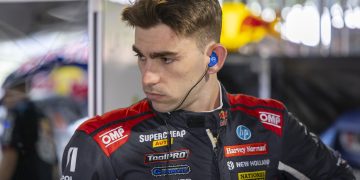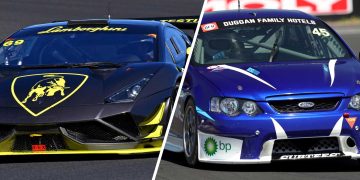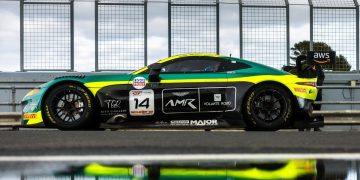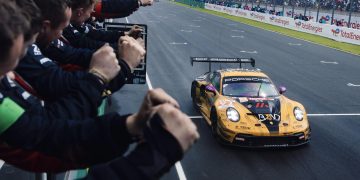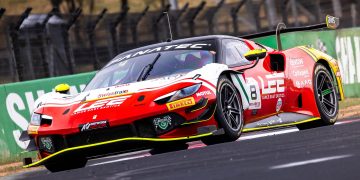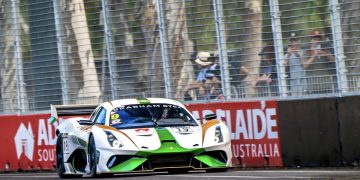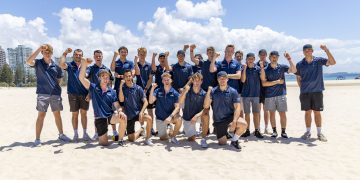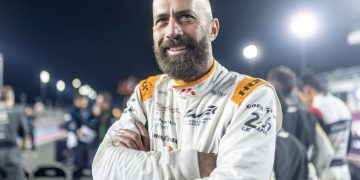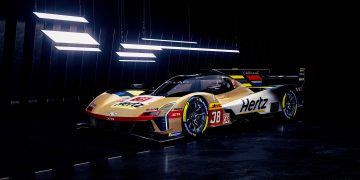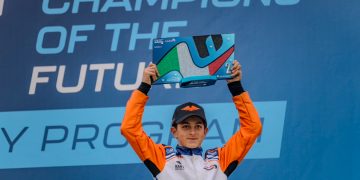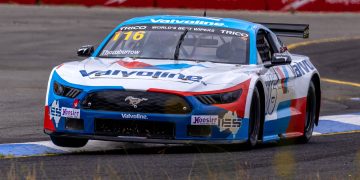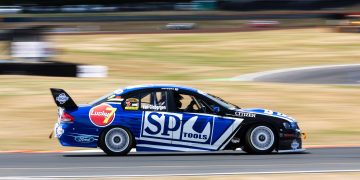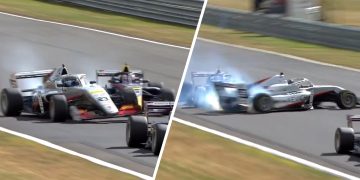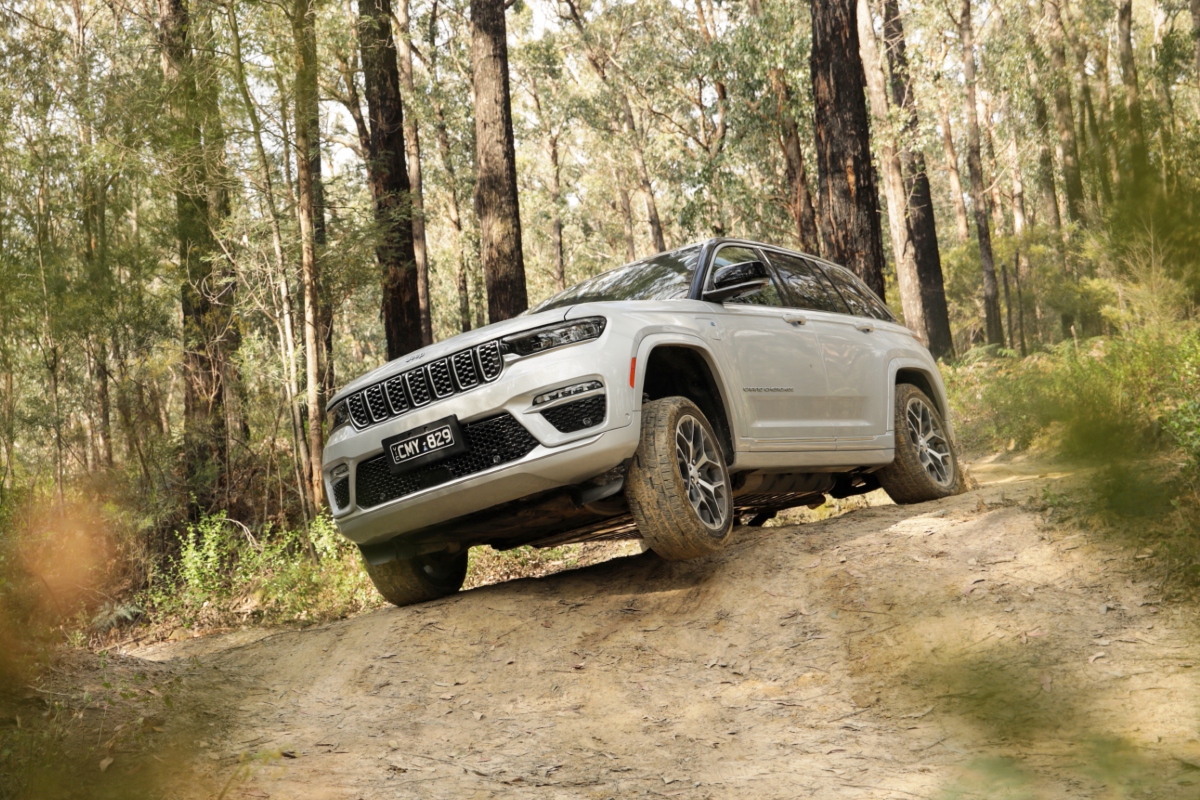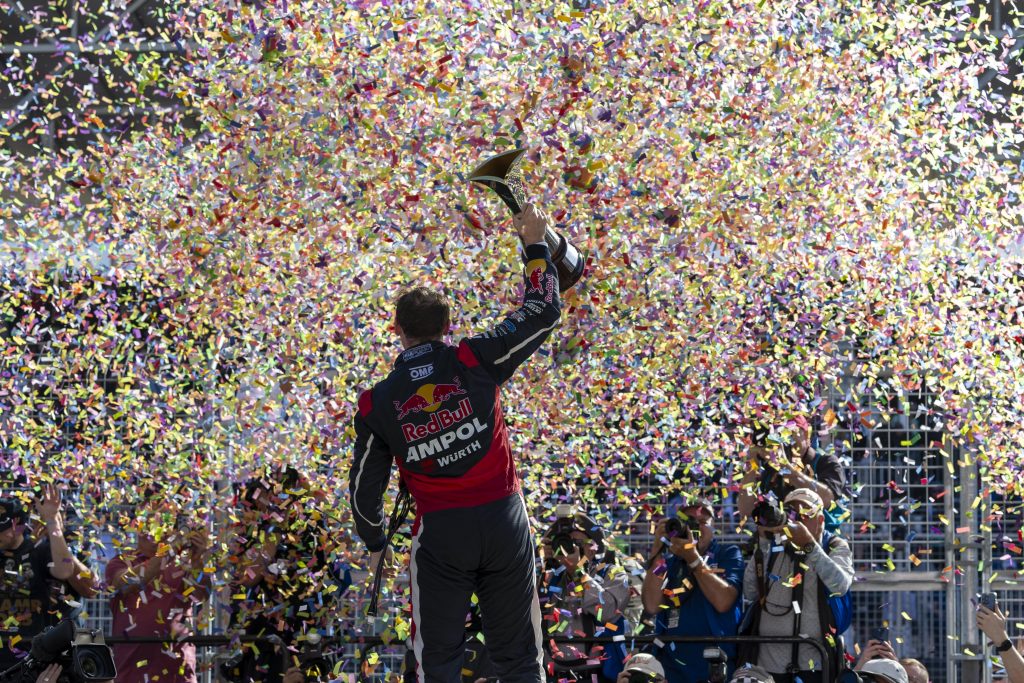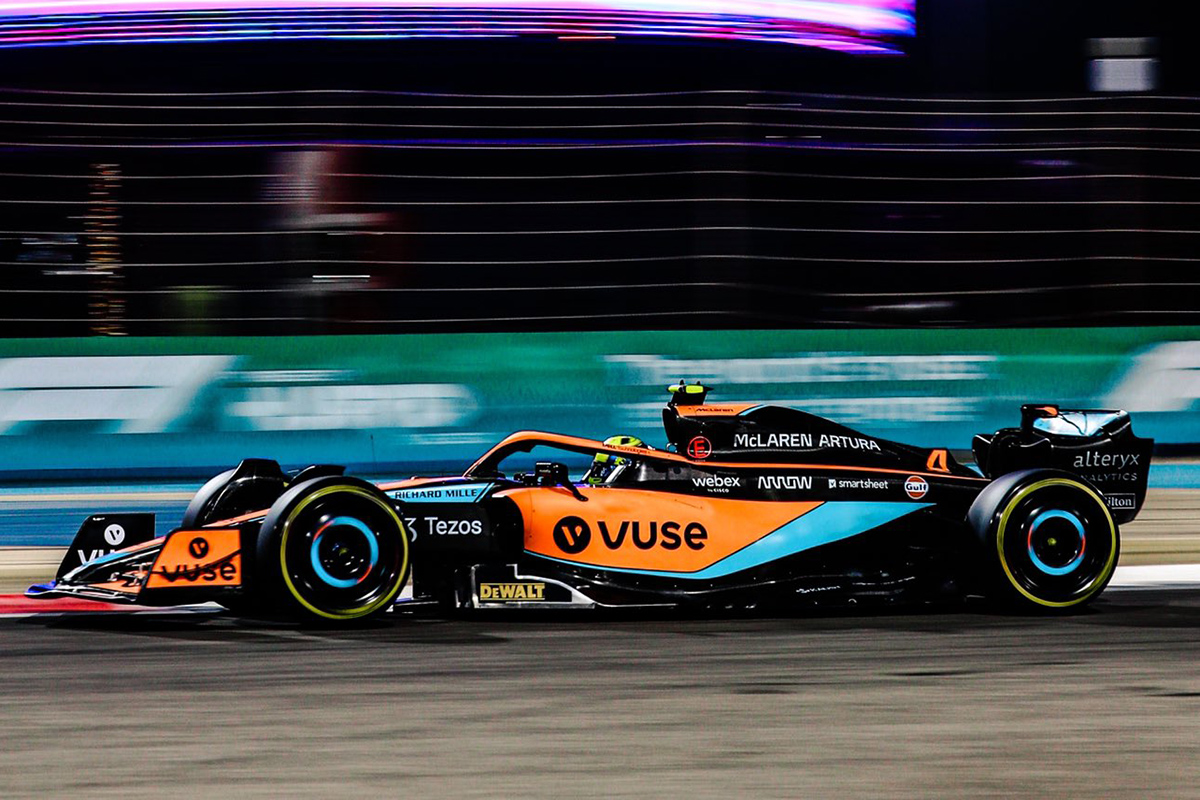
McLaren’s technical boss James Key has explained why the MCL36 has appeared less susceptible to porpoising throughout Formula 1 testing.
New aerodynamic rules for 2022 have brought with them the reintroduction of ground effects, a concept banned in the early 1980s.
It has come back into vogue for the latest generation of cars in an effort to allow them to follow more closely.
Ground effects relies on the airflow under the car being accelerated by the shape of the floor, creating a low pressure which in turn sucks the car downwards.
However, the airflow is also prone to stalling, which sees cars immediately lose downforce and therefore the ride height increase.
That process allows the airflow to resume only for it to stall again, the process repeating such that the car visibly bounces down the straight.
It’s a well-known phenomenon but one teams were unable to predict in CFD or the wind tunnel – the former due to the mathematical complexities and the latter because running too low in the wind tunnel would destroy the rolling road.
Of all the teams, McLaren appears to be among those to have best dealt with the issue.
“I’d love to make out that we’ve been super clever,” admitted James Key, McLaren’s technical director.
“The reality is, this is very difficult to simulate.
“The stability of the car does play its role a little bit in this in how well the car hangs on to load in various sort of ride height conditions and so on.
“But I’d be lying if I said it was by design [that McLaren has been less impacted],” he added.
“I think it’s a phenomena we’re all going to get used to.”
But while McLaren has seemingly handled the issue better, it hasn’t been immune.
“We’ve experienced it a little bit,” Key admitted,
“It’s a factor of how these cars work. It’s not to say it’s not fixable, there’s elements of set-up you can use to try and improve that.
“We had a couple of test items which appeared to promote it a bit more, and then removing it reduced it, so you can fix it aerodynamically.
“It hasn’t really been a topic for us so far. It’s not to say it couldn’t come back with further development.
“I’m sure it’s something everyone will get on top of,” Key added.
“It’s kind of a topic because it’s very visible, but ultimately there will be solutions between set-up and aero development where you discover how to manage it.”
Being among the first to solve that riddle, Key suggests, will likely give that team an advantage in the early part of the season.
“If you’re not suffering from it dramatically in that you can perhaps have a bit more flexibility,” he explained.
“There’s been a few videos around of cars really going off.
“I guess everyone is finding the right place to be at the moment. Whether it’s an advantage or not, I guess it will play out as to how far you can push your set-up or your development.”
The 2022 Formula 1 season begins this weekend with the Bahrain Grand Prix.

 Shop
Shop